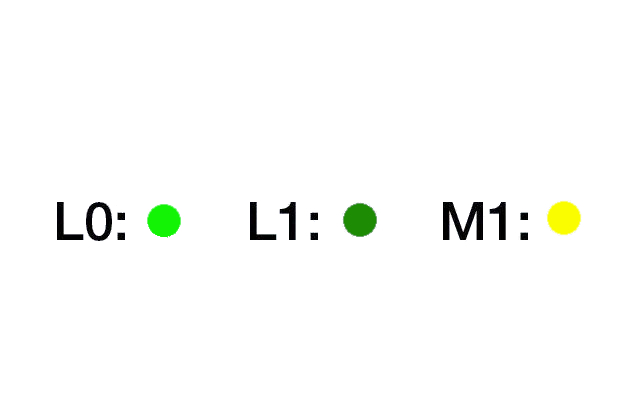|
Haloing
In order to increase the adhesion of multi-layer internal conductor patterns on PCBs, the copper is pretreated by oxidation so that a black oxide layer is formed. Hydrochloric acid used for the metallization of borehole walls may attack, i.e. reduce and dissolve this black oxide layer. When this happens, an off-white or reddish copper oxide ring forms around the hole. This ring is referred to as red ring or halo and the process by which it is generated is known as red ring building or haloing. During this process, the adhesion of the inner layers decreases. The effects are insignificant in ordinary circuits; however, the high density of conductive patterns in today's multi-layer circuit boards and the large number of contact holes with a diameter of 0.4mm or less turn it into a serious issue. Zinc and sulfuric acid are used to contain haloing. The following reaction takes place :
Zn + H 2 SO 4 → ZnSO 4 + 2H;
CuO (halo) + 2H → Cu + H 2 O
Since its individual potential makes zinc less noble than copper, it goes into solution before the copper oxide could dissolve and protect it from reduction. See also Black oxide treatment.
|

